At the workshop "Promoting green innovation in agriculture through market mechanisms" organized by the National Innovation Center (NIC) in collaboration with the Vietnam-Australia Intellectuals and Experts Association (VASEA) on September 17, economic and policy experts clarified the opportunities and challenges to promote emission-reducing rice production through market mechanisms.
Associate Professor Chu Hoang Long (Australian National University) said that rice production is a major source of greenhouse gas emissions in Vietnam and the world. It uses many production inputs such as seeds, fertilizers, pesticides, and irrigation water. Rice production process: Methane emissions from flooded rice fields.
According to Mr. Long, the research results show that low-emission farming yields higher revenue. However, the costs are also higher. Profits and profit margins (revenue per unit of cost) are lower.
Therefore, to create economic incentives for low-emission farming, Mr. Long believes that farmers need to be compensated and the market mechanism is considered an effective tool to compensate farmers (through selling carbon credits).
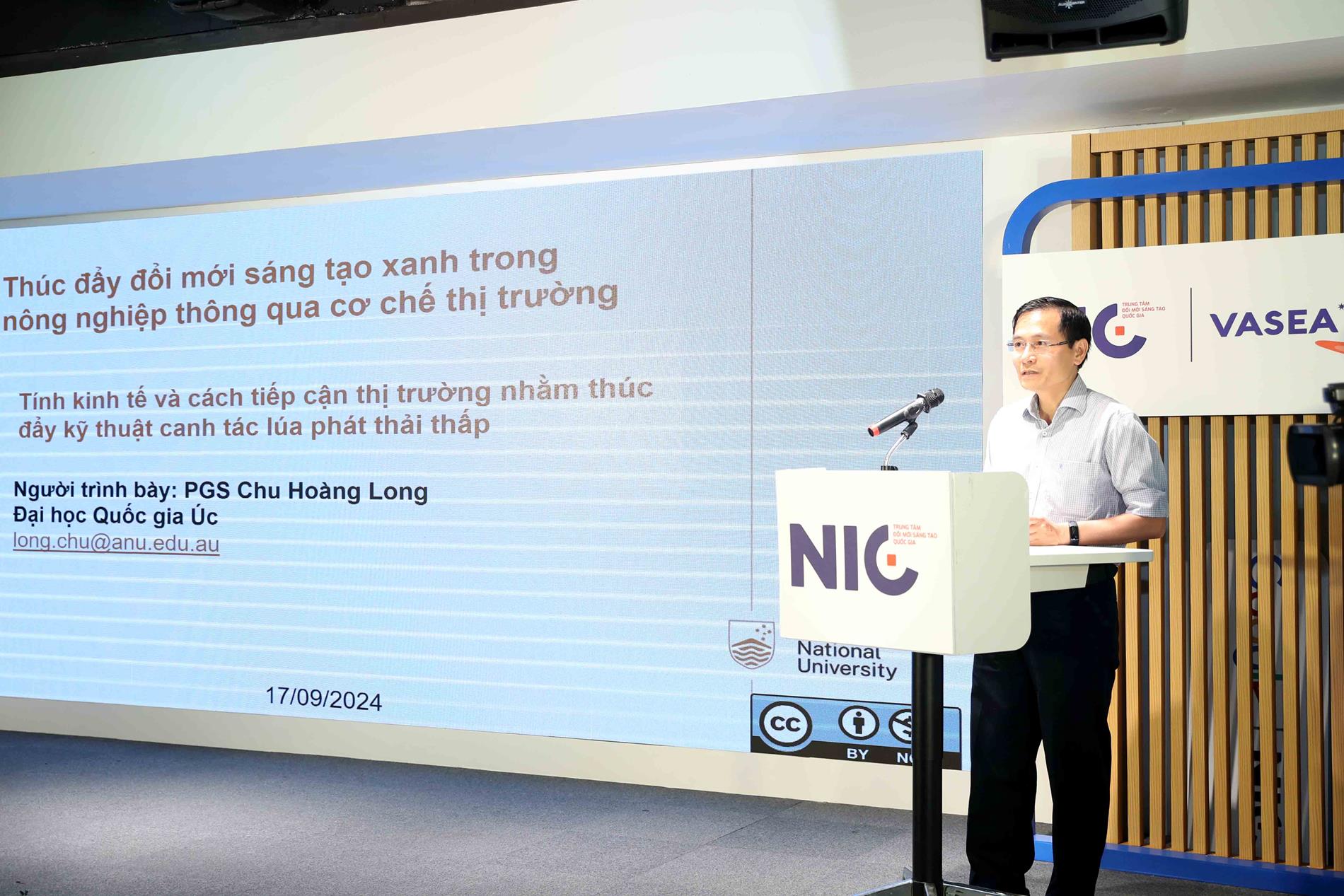
Associate Professor Chu Hoang Long (Australian National University) said that rice production is a major source of greenhouse gas emissions in Vietnam and the world.
Agreeing with Mr. Long, expert Nguyen Thi Hai (Australian National University) further explained that participating in carbon projects requires farmers to apply more advanced farming techniques than traditional methods. However, this not only helps reduce methane emissions but also brings many other benefits, such as reducing water usage, reducing production costs and increasing productivity.
In addition, by committing to low-emission rice cultivation, farmers also gain access to training and resources, contributing to the long-term sustainability of agricultural land.
Mr. Dang Duc Anh - Director of the Central Institute for Economic Management, assessed that the pilot models within the framework of the 1 million hectare Project have proven many benefits, especially in increasing productivity.
However, the State needs to have a mechanism for businesses to participate more deeply and closely link with cooperatives. With the current trend, if the market accepts higher costs, farmers' profits can still be guaranteed, especially when entering high-end segments with higher technical standards.
Businesswoman Nguyen Thi Thanh Thuc agreed and shared that it is necessary to build a national brand for agricultural products, in order to create motivation to attract businesses to cooperate with farmers.
Ms. Thuc emphasized that the Ministry of Agriculture and Rural Development is promoting the policy of transforming to an agricultural economy, which poses a very important economic problem. She said: “For the rice industry, we need to position consumers of low-emission rice products as people with high incomes, who care about environmental factors and social equity.”
According to Dr. Dang Kim Son - Former Director of the Institute of Policy and Strategy for Agricultural and Rural Development, the important role of the State in connecting agricultural markets is affirmed. He said that although the total social investment in the agricultural sector accounts for only about 5%, the efficiency it brings is very large. In order to be able to transform from small-scale production to a green agricultural economy, the role of the State is indispensable.
Mr. Son also mentioned that from 2026, European countries will begin to apply emission taxes to agriculture. If Vietnamese products are certified as “green,” not only will the tax rate be reduced, but it will also open up opportunities to build a new brand for the Vietnamese rice industry.
Dr. Dang Kim Son analyzed: “To realize these goals, Vietnam needs to maintain its competitive advantage. Along with international commitments, determining emission reduction standards is extremely important. This will be the basis for measuring emission reduction from large to small production areas, helping to accurately calculate the amount of emissions that Vietnam has reduced.”
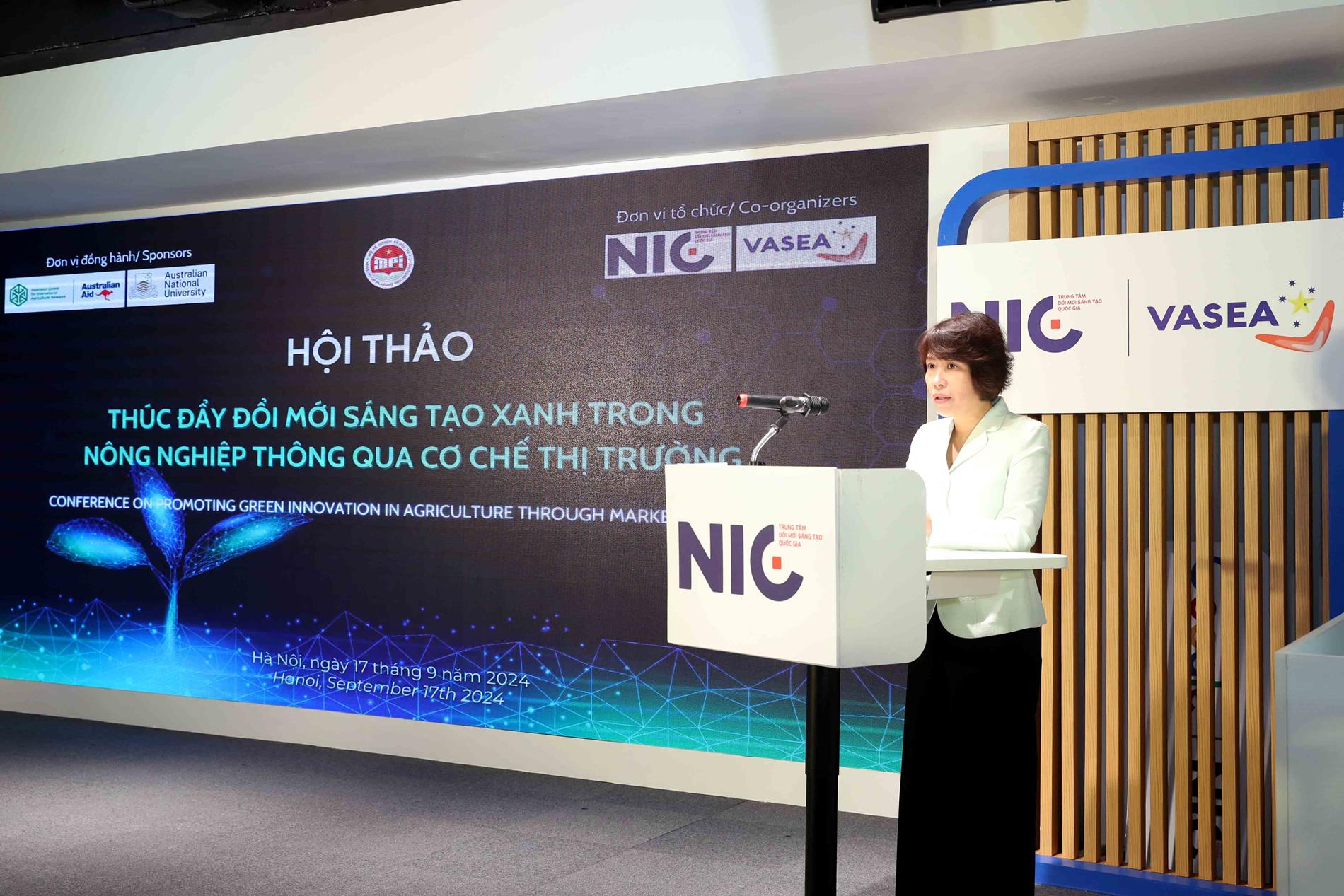
Deputy Minister of Planning and Investment Nguyen Thi Bich Ngoc said that the Government has implemented a number of activities and programs to support businesses in green transformation in agriculture.
Deputy Minister of Planning and Investment Nguyen Thi Bich Ngoc said that the Government has implemented a number of activities and programs to support businesses in green transformation in agriculture. A typical example is the Project on Emission Reduction in the North Central Region for the period 2018 - 2025 of the Ministry of Agriculture and Rural Development, which has attracted 312.84 million USD in investment capital, helping to mitigate climate change at the regional and global levels. In addition, with continuous efforts, the Ministry of Planning and Investment has also developed and implemented many different programs and action plans to support the green transformation process.
Not only that, the Government has also issued many policies related to technology application and transfer as well as preferential tax and credit policies to support businesses and farmers to invest in green technology solutions.
However, to fully exploit this potential, Vietnam needs to overcome a number of barriers. One of the major challenges is that human resources, especially high-quality human resources in the agricultural sector, are still limited; there is a lack of experts and teams that can master high technology and techniques; the rate of untrained rural workers is still high. In addition, access to green technologies, new crop varieties and investment capital is still limited.
Meanwhile, green agriculture startups also face difficulties in connecting with experts, accessing markets and expanding production scale. Lack of infrastructure and resources is also a major barrier that needs to be addressed to promote the development of these businesses.
Source: https://danviet.vn/cach-nao-de-thu-hut-nong-dan-dbscl-tham-gia-trong-lua-phat-thai-thap-thu-loi-nhuan-cao-20240917215733206.htm



![[Photo] General Secretary To Lam receives King Philippe of Belgium](https://vstatic.vietnam.vn/vietnam/resource/IMAGE/2025/4/1/e5963137a0c9428dabb93bdb34b86d7c)

![[Photo] Prime Minister Pham Minh Chinh meets with King Philippe of Belgium](https://vstatic.vietnam.vn/vietnam/resource/IMAGE/2025/4/1/be2f9ad3b17843b9b8f8dee6f2d227e7)
![[Photo] Close-up of Vietnam's sniffer dog team searching for earthquake victims in Myanmar](https://vstatic.vietnam.vn/vietnam/resource/IMAGE/2025/4/1/d4949a0510ba40af93a15359b5450df2)
![[Photo] President Luong Cuong and King Philippe of Belgium visit Thang Long Imperial Citadel](https://vstatic.vietnam.vn/vietnam/resource/IMAGE/2025/4/1/cb080a6652f84a1291edc3d2ee50f631)


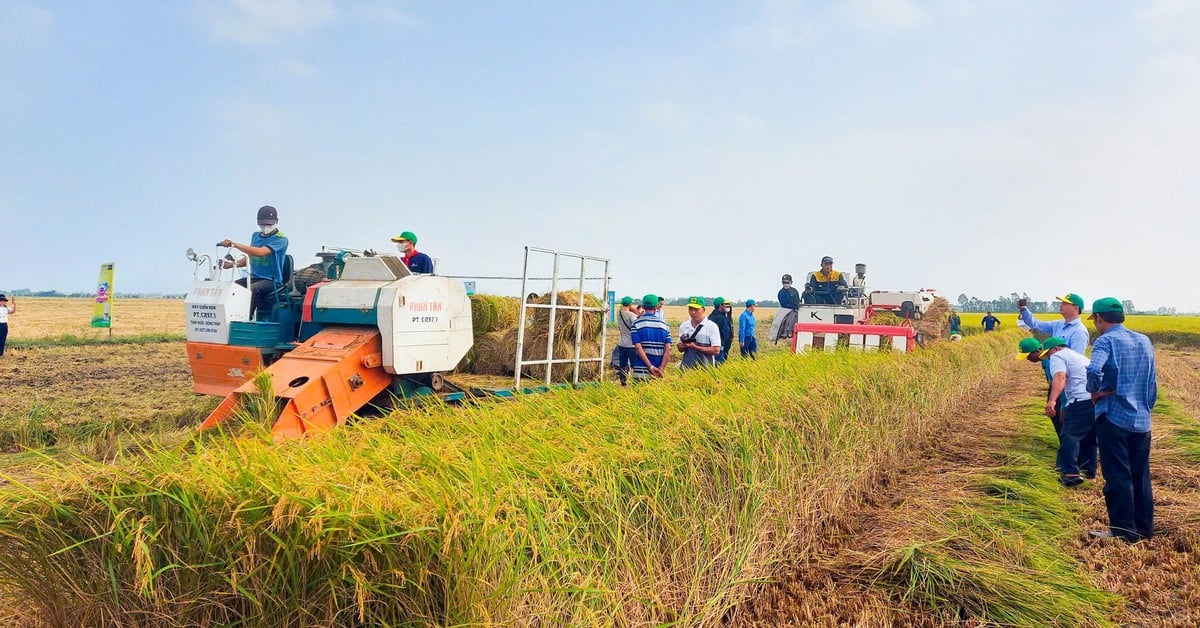

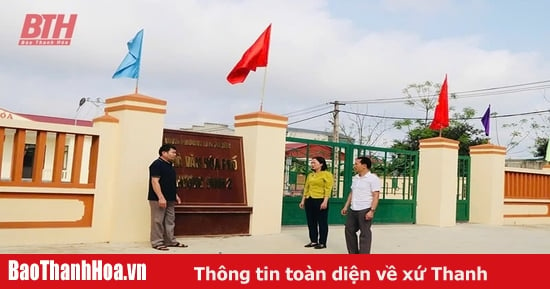
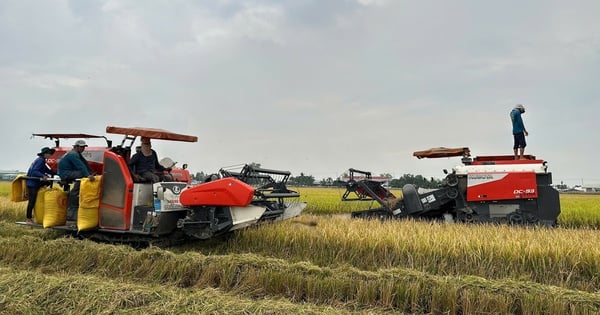

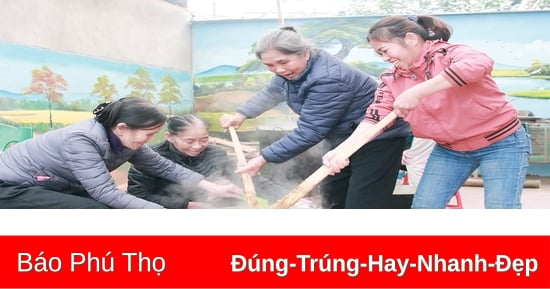


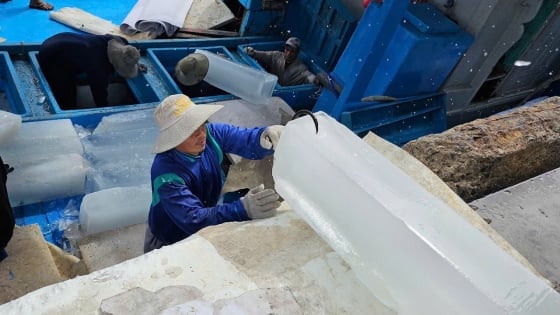
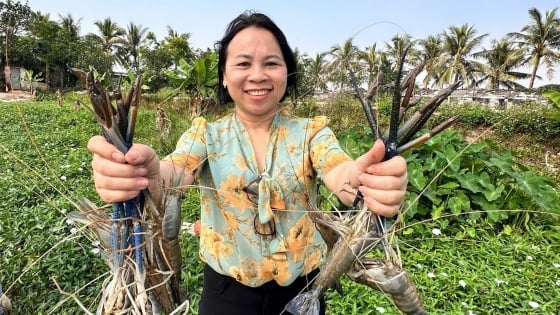
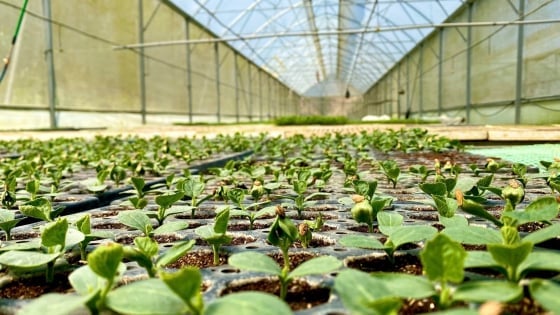
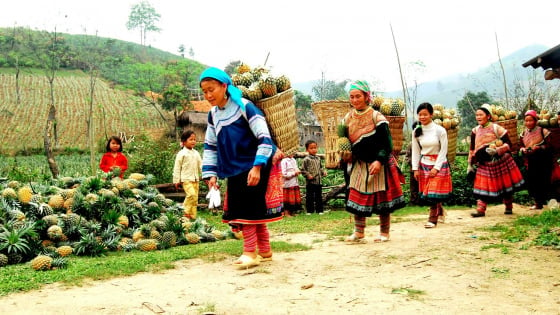
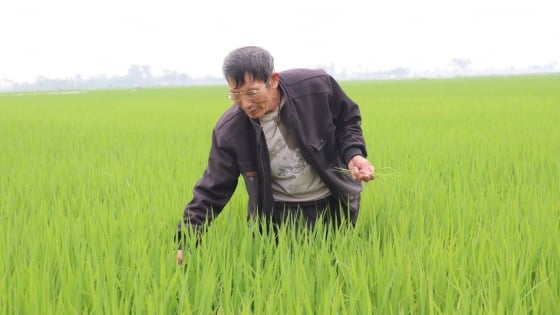
![Positioning the value of Dien Bien rice: [Part 2] When gold and copper are mixed together](https://vstatic.vietnam.vn/vietnam/resource/IMAGE/2025/4/2/752ea8d5561b4bc1adf382820b29f176)






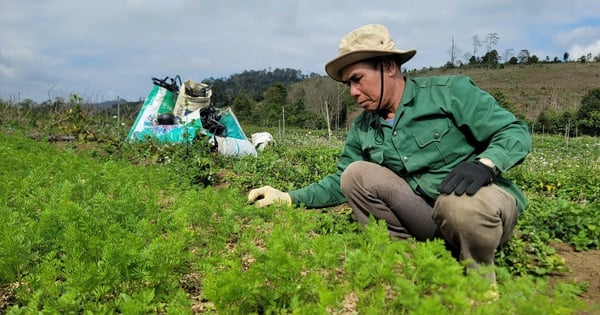
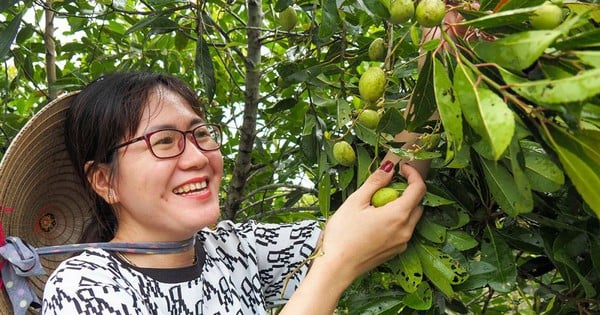
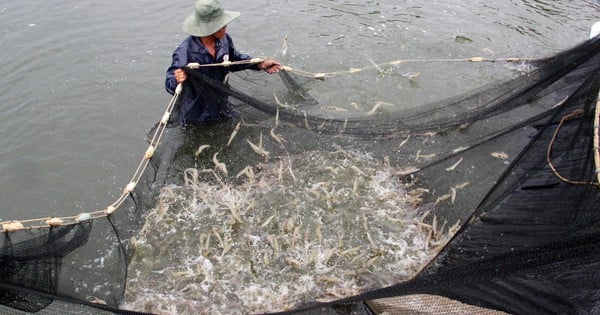
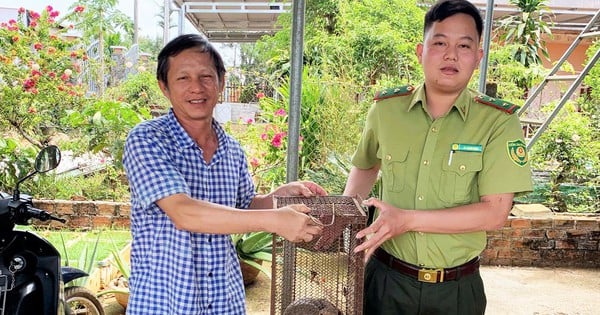
































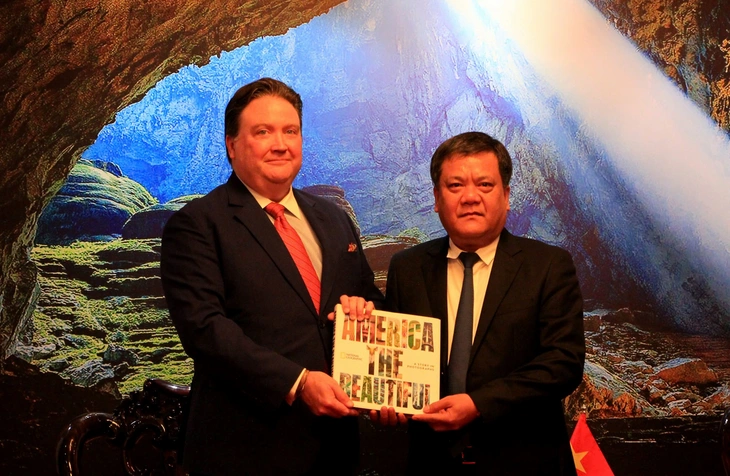








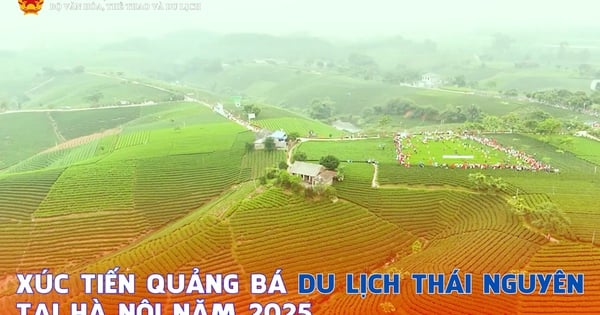
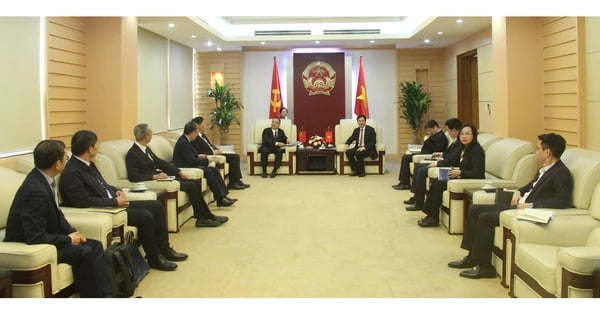
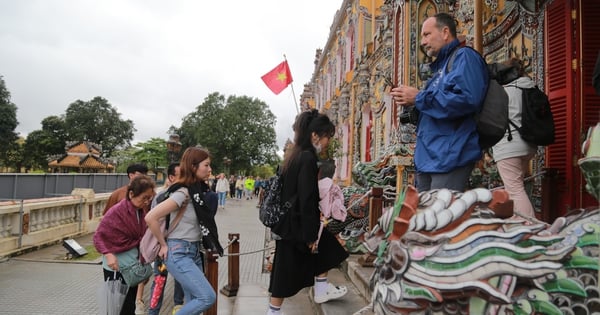

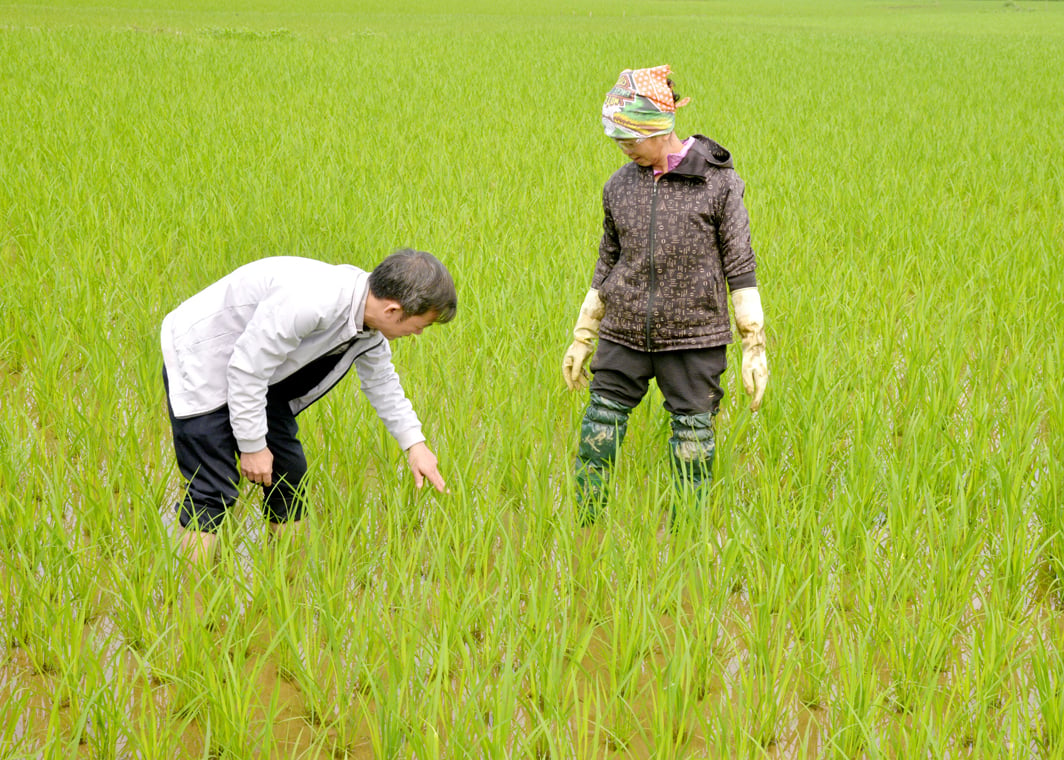

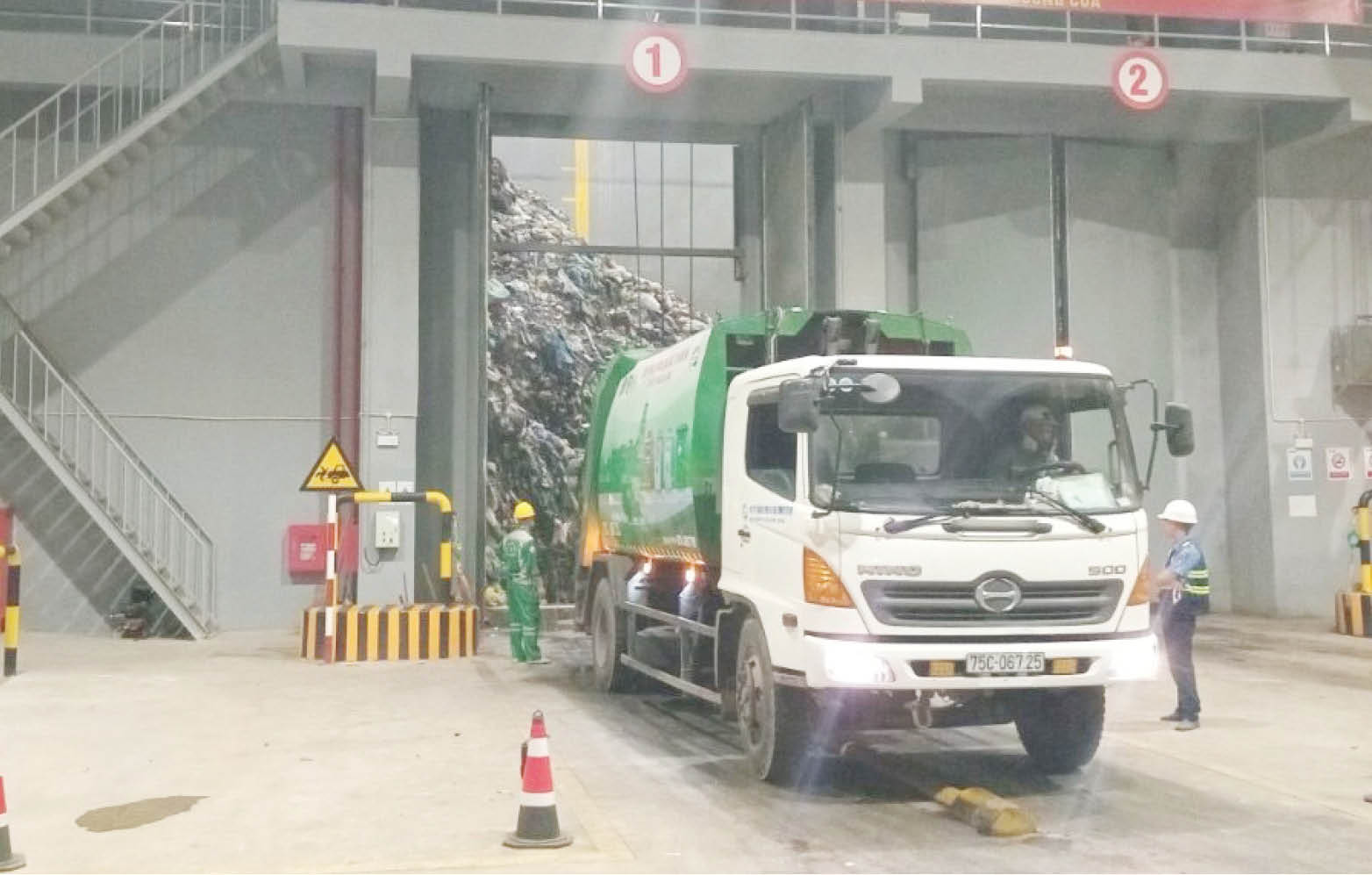

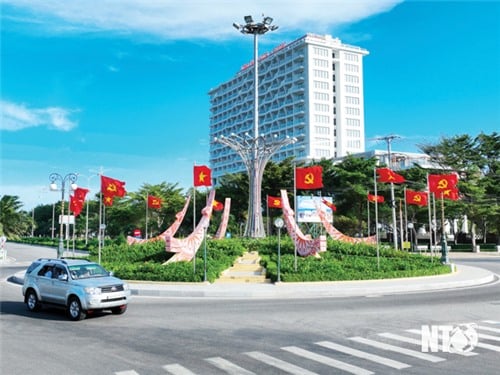



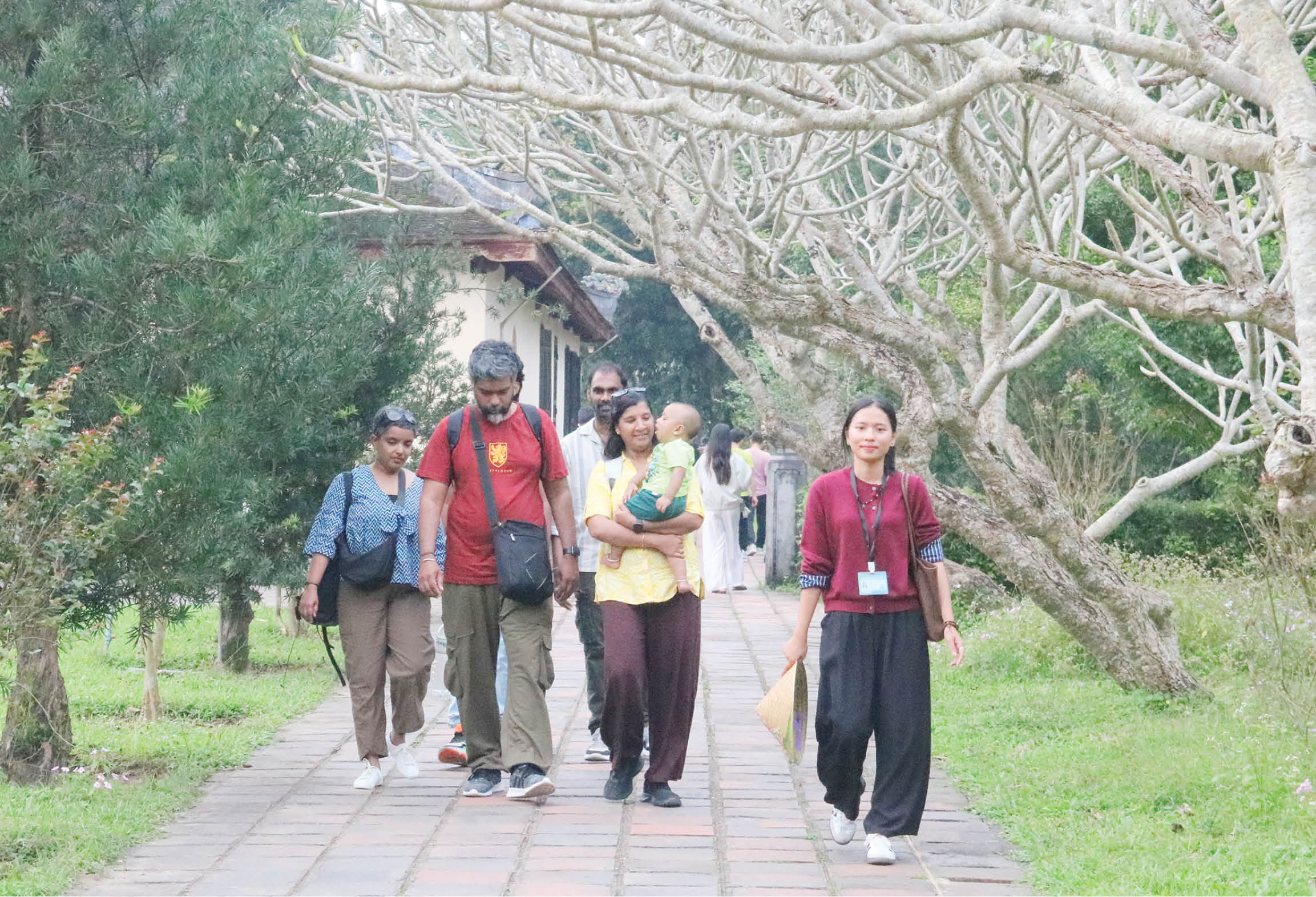











Comment (0)